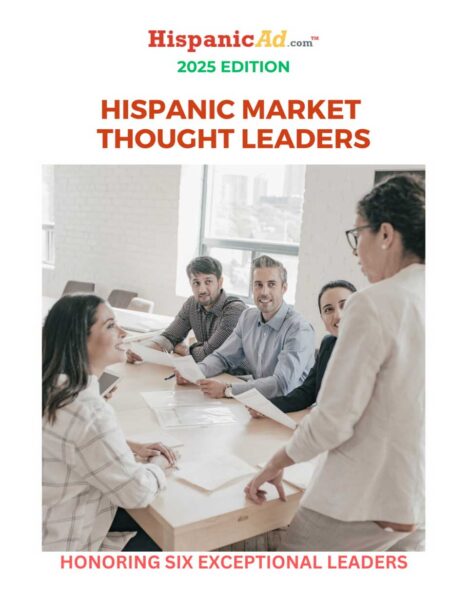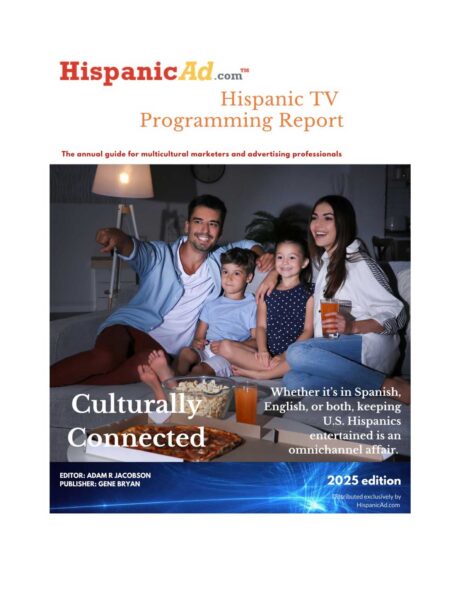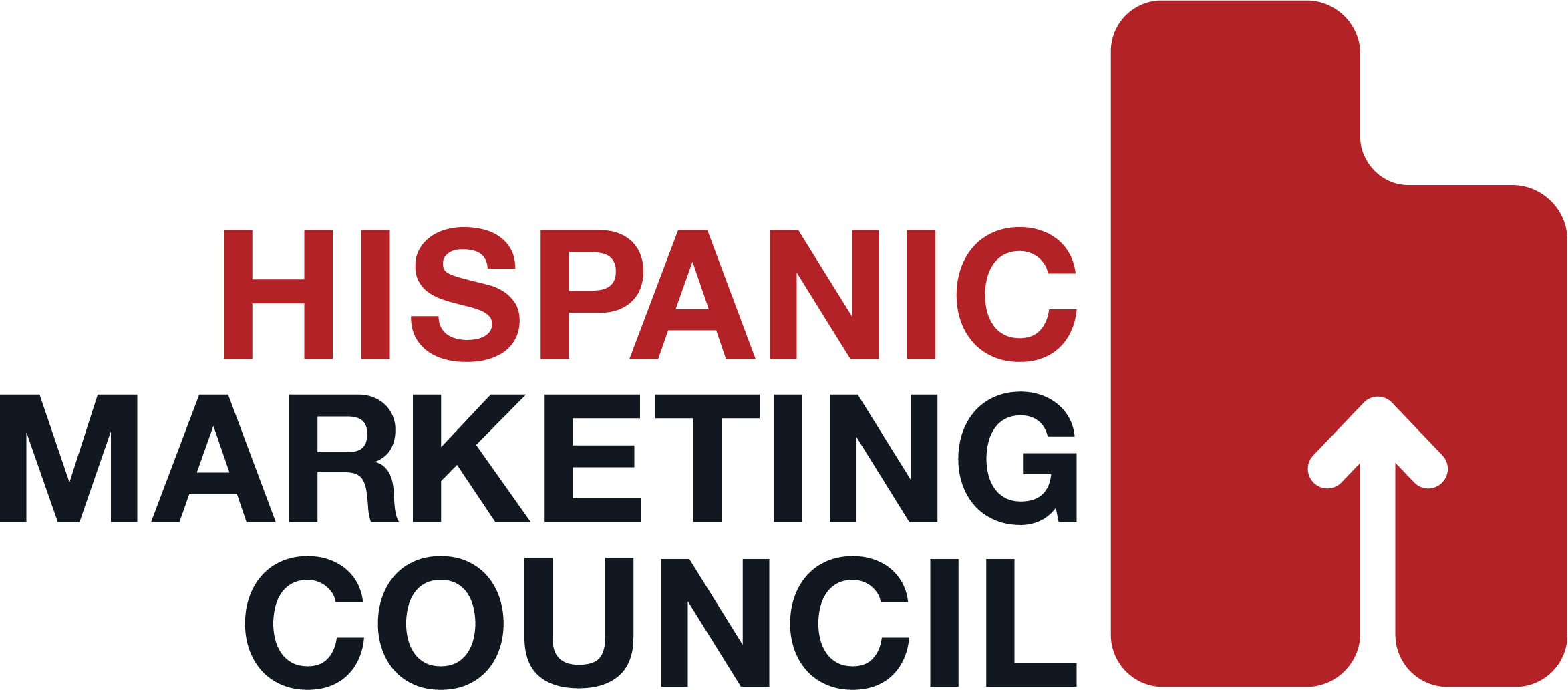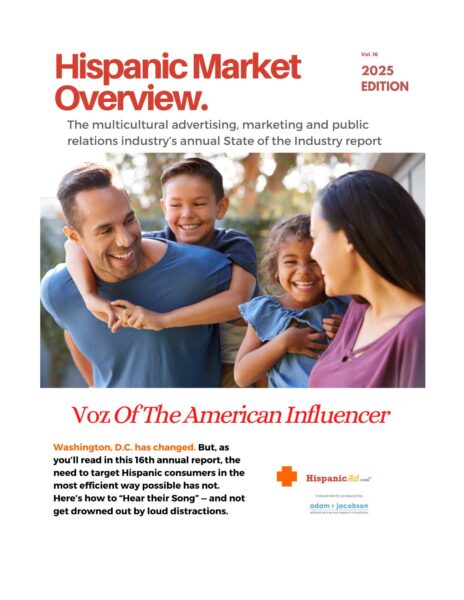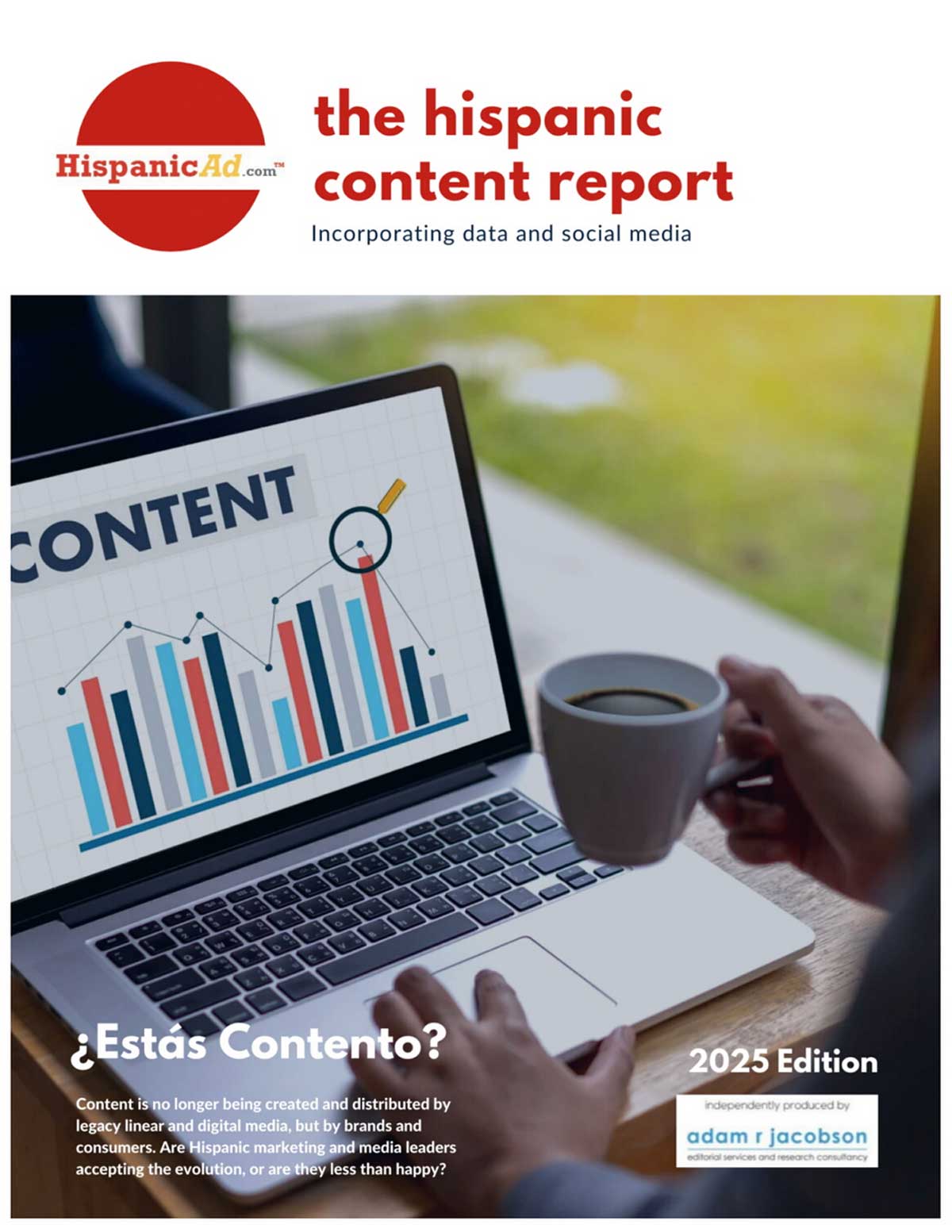In the Interest of Good Science: A Closer Look at the World Happiness Report
April 4, 2025

By Alphonsus Obayuwana, M.D., Ph.D.
How happy the citizens of a country are is a better measure of how well that country is doing, more so than the gross national product (or GDP). To promote and draw attention to this concept, the United Nations has observed the International Day of Happiness on March 20th annually, since 2012. On that date, the World Happiness Report (WHR), which ranks countries by their populations’ happiness levels, is published by the joint efforts of the UN, Gallup, and Oxford’s Wellbeing Research Center. This year, according to the 2025 World Happiness Report, Finland, Denmark, Iceland, Sweden, the Netherlands, and Norway remain at the top of the list of happiest countries, as in previous years.
As a semi-retired physician-scientist who has studied and researched hope and happiness for over three decades, I have found the current criteria used to rank countries to be heavily flawed. For example, there are three glaring reasons suggesting that the people of Finland, supposedly the happiest country in the world, may not be as happy and flourishing as the authors of WHR claim and assert:
- The incidence of suicide in Finland is over 3 times the incidence of suicide in Afghanistan, the supposedly unhappiest country in the world, according to the World Health Organization report of 2018, which reported the incidence of suicide as 15.3 in Finland and 4.1 in Afghanistan.
- The use of antidepressants by Finns is one of the highest in Europe as well as among the 38 member countries of the OECD.
- Seasonal Affective Disorder (or SAD) remains endemic in Finland due to long, dark, cold winters with no sunrise for several weeks in the year, heavy snowfalls, and frequent raging snowstorms.
The WHR authors have relied solely on the Gallup World Poll Surveys to rank and identify the happiest countries. In these surveys, 1000 citizens in each country are asked how satisfied they are with their lives on a scale of 0 to 10 (with 0 representing the worst possible life imaginable and 10 representing the best life possible). In 2023, for example, Finnish respondents’ overall average score of 7.82 out of 10 solely led to Finland being named the happiest country. Denmark got an overall average score of 7.62 out of 10 and was declared the number 2 happiest country. Iceland was declared number 3, based similarly on the overall average score of 7.56 out of 10 by 1000 citizens of Iceland. The US scored 6.69 out of 10 in 2024 and was placed 23rd of 143 countries.
National happiness ranking should not be based merely on how “satisfied” citizens say they are with their lives on a scale of 0 to 10—with 0 representing an imaginable worst possible life and 10 representing the imaginable best. This imagination that is required of respondents during these surveys has no set guidelines or boundaries to help ensure some level of caution and uniformity among the culturally diverse global pool of respondents. Quite possibly, to some respondents in this heterogeneous pool, “satisfaction with life” may be influenced by culturally ingrained stoicism or acquiescence. Consequently, despite some underlying level of unhappiness, some individuals may feel “satisfied” — because “life cannot be perfect.”
Also, while it is not unusual in Western cultures to be boastful during self-appraisal and therefore rate oneself high—with an 8, 9, or 10; it is culturally ingrained in Asians and other people of Eastern cultures to be modest during self-assessments and therefore tend to rate themselves moderately—likely with a 5 or 6.
Additionally, in today’s world, where many citizens are very politically aware and awake, it is likely that the number ultimately chosen by some respondents is an expression of patriotism and therefore tends to be 8, 9, or 10, whereas for others it is an opportunity to make a political statement of protest or grievance and therefore tends to be a low number—below 5. In either of these cases, how “satisfied” the respondents indicate, merely reflects feelings about their country. HAPPINESS is not what is being measured.
In the interest of good science and accurate ranking of countries, based on their citizens’ levels of happiness, the World Happiness Report editors need a better tool for ranking nations. A valid tool such as the Edo Questionnaire should be considered for measuring the happiness of citizens accurately.
The Edo Questionnaire (which has an alpha value of 0.88, a CVR of 0.85, and a test-retest reliability of 0.95) can identify happy people, unhappy people, very happy, very unhappy, flourishing individuals, and languishing individuals—in any cohort. Using this 5-minute tool, the truly happiest country in the world should convincingly have the highest percentage of its citizens flourishing, and the lowest percentage languishing. Finland and the other Nordic countries have met neither of these critical criteria.
The accurate measure of citizens’ happiness is most desirable, informative, and instructive in the planning of progress in every country, city, university, or workplace. The UN should not ignore the fact that we can effectively improve only what we can accurately measure.
About the Author
Alphonsus Obayuwana, M.D., Ph.D., has spent the past thirty-five years studying human hope and happiness. He’s a retired professor of Medicine, a contributor to Psychology Today, an award-winning author, and a keynote speaker. He has published peer-reviewed articles about hope and happiness, including The Hope Index Scale that has been used at Coca-Cola, General Motors, the Veterans Administration, and many academic institutions inside and outside the United States.
Alphonsus has served on the teaching faculty at Johns Hopkins School of Medicine, Maryland University College of Medicine, Eastern Virginia Medical School, Ohio University College of Osteopathic Medicine, and University of Toledo—teaching and mentoring thousands of medical students, resident physicians, nurses, and fellows, in the art of caring and promoting happiness for themselves and their patients. Even today, he continues to teach, train, and certify happiness coaches—in his current capacity as the CEO of the Triple-H Project, LLC (www.triplehproject.com), whose mission is to “cultivate a more hopeful and joyful community.”
He is the author of The Five Sources of Human Hope, How to Live a Life of Hope, and The Happiness Formula: A Scientific, Groundbreaking Approach to Happiness and Personal Fulfillment—a book named “One of The Five Must-Read Books of 2024” by Forbes.





